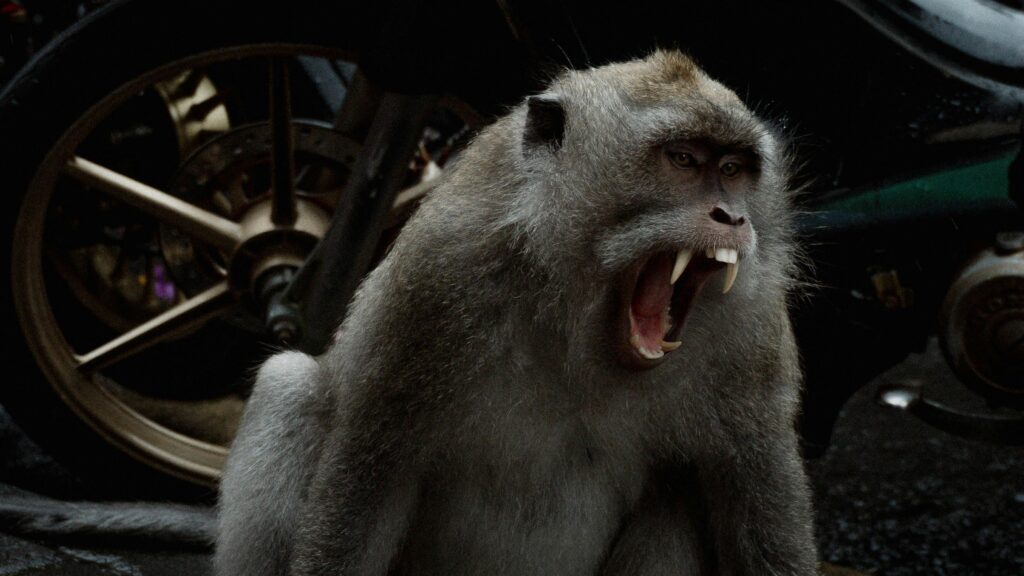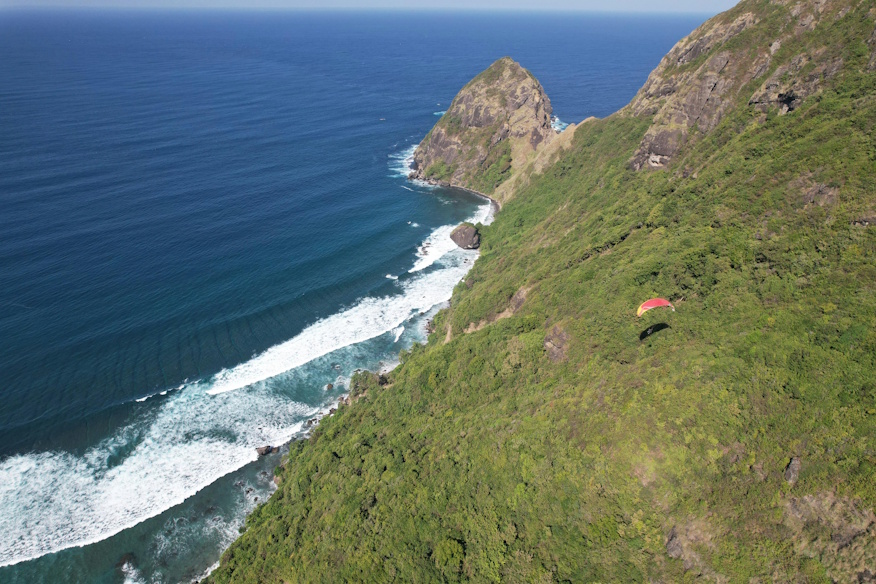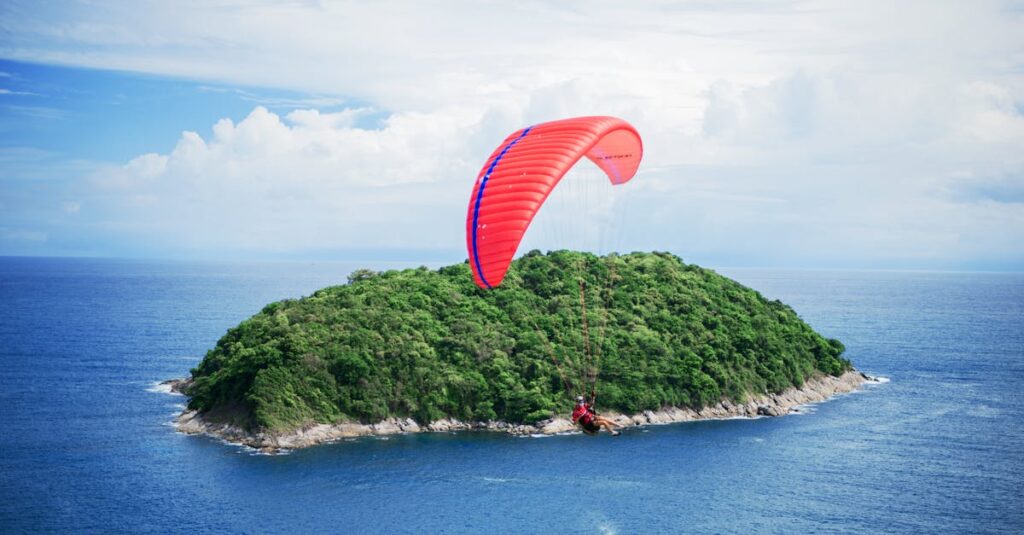As a seasoned traveler and an avid writer, I’ve explored numerous corners of the globe, but Thailand, with its lush landscapes and vibrant culture, holds a special place in my heart. However, amidst the beauty and allure, it’s crucial to remember that Thailand is also home to dangerous animals. From lurking predators in the dense jungles to venomous creatures beneath the waves, the country’s biodiversity is as fascinating as it is formidable.
I have encountered stories and firsthand experiences that are both thrilling and cautionary. Sharing these insights not only feeds our collective wanderlust but also prepares us for respectful and safe interactions with nature’s untamed inhabitants. So, let’s dive into the intriguing world of Thailand’s most dangerous animals.
Key Takeaways
- Beware of venomous snakes: Thailand is home to over 200 snake species, including the dangerous King Cobra and Malayan Pit Viper, highlighting the importance of vigilance in rural and forested areas.
- Protect against jellyfish stings: with Box Jellyfish frequenting Thailand’s waters, wearing protective swimwear and adhering to local warnings during certain seasons is crucial for safe ocean activities.
- Understand the risks of wild animals: encounters with saltwater crocodiles and wild elephants necessitate maintaining a safe distance and following local guides’ advice in national parks and wildlife reserves.
- Interact cautiously with macaque monkeys: though often perceived as harmless, Macaque monkeys can become aggressive, underscoring the need to observe them from a distance and secure personal belongings.
- Prioritize personal safety: wear protective clothing, adhere to local guidelines, keep a safe distance from wildlife, and always carry a basic first aid kit to navigate the wilderness safely.
- Be prepared for medical emergencies: knowing the location of the nearest medical facilities and having comprehensive travel insurance that covers wildlife-related injuries is essential for a worry-free adventure.
Most Common Dangerous Animals in Thailand
Exploring diverse ecosystems, I’ve learned that respecting the wildlife is crucial for a safe travel experience. Thailand is home to an array of dangerous animals, and understanding their behaviors and habitats can significantly reduce the risk of unpleasant encounters.
Firstly, Venomous Snakes stand out. Thailand is home to over 200 snake species, with several, like the King Cobra and the Malayan Pit Viper, which are venomous. These reptiles often inhabit rural areas and dense forests but can occasionally be found near human settlements. Avoiding tall grass and sticking to clear paths minimises the chances of crossing paths with these serpents.
Jellyfish present another hazard, especially during certain seasons when they’re more prevalent in Thai waters. The Box Jellyfish, known for its lethal sting, is notoriously present in the Gulf of Thailand and Andaman Sea, and their potent venom can cause severe reactions. Take note of the local signs on the beach where you can encounter them, and wear protective swimwear.
Moreover, Saltwater Crocodiles, although less common, inhabit coastal marshes and rivers. They are primarily found in national parks and wildlife reserves. These stealthy predators are best observed from a distance, with local guides often advising on safe viewing practices. Observing safety guidelines in these areas, such as not swimming in designated crocodile habitats, is essential.
Wild elephants, despite their majesty, can become aggressive if they feel threatened. When visiting national parks or elephant sanctuaries, maintaining a safe distance and following the guidance of local guides helps prevent confrontations.
Lastly, the Macaque monkeys, often seen as playful and harmless, can become aggressive if they feel their territory is being invaded or if they are being fed by humans. Instances of bites and scratches are reported annually, particularly around temples where they’ve grown accustomed to human interaction. It’s best to observe these animals from a distance, secure personal belongings, and do not try to feed them.
By educating yourself on these dangerous animals in Thailand, you can navigate the country’s stunning landscapes safely. It’s a reminder that with knowledge and respect for nature, anyone can enjoy the beauty of Thailand’s wildlife without compromising safety.
How to Stay Safe
After sharing my experiences and highlighting the potential dangers posed by some of Thailand’s wildlife, I’ve learned the importance of staying safe while enjoying the natural beauty this country has to offer. Here are actionable tips to help protect you from dangerous animals in Thailand.
Educate Yourself About Local Wildlife
Before heading out, I always spend time getting to know the types of dangerous animals I might encounter. Knowing the specific behaviors of these animals allows me to understand how to avoid unexpected encounters or how to react if I see them.
Use Protective Clothing and Gear
When I’m adventuring in areas known for dangerous wildlife, I make sure to wear protective clothing. Long pants and sleeves can help prevent snake bites, while sturdy shoes are essential for terrain where snakes might be hiding. Same goes for jellyfish where protective clothing can help you avoid stings. A good rule of thumb is to prioritise safety over comfort when exploring these areas.
Follow Local Guidelines and Signs
Thailand’s national parks and beaches often have signs warning of potential dangers, such as jellyfish in the water or elephants in the area. I always pay close attention to these advisories and follow any guidelines provided by local authorities.
Keep a Safe Distance
Whenever I encounter wildlife, my instinct is to keep a safe distance. This is particularly crucial with animals like wild elephants or Macaque monkeys, where getting too close can provoke them. It’s always better to observe from a distance to avoid any risky interactions.
Carry First Aid Supplies
Lastly, I never venture into the Thailand’s wilderness without a basic first aid kit. Being prepared for minor injuries can make a big difference, especially if I’m in a remote area. This kit includes treatments for minor cuts and bruises, as well as emergency contacts for more serious incidents.
By following these safety measures, I’ve been able to safely navigate Thailand’s landscapes, from its dense jungles to crystal-clear waters, without compromising my well-being. Ensuring personal safety enables adventurers like me to fully appreciate the natural wonders of Thailand, while respecting the wild inhabitants that call it home.
Medical Facilities and Emergency Response in Thailand
Building on the importance of safety in my adventures across Thailand, particularly when facing the country’s dangerous wildlife, understanding the capabilities and availability of medical facilities and emergency response services in Thailand is crucial. My exploration has shown that Thailand boasts a range of medical facilities, from public hospitals in rural areas to private hospitals in major cities like Bangkok and Chiang Mai. These institutions often provide high-quality care, with some private hospitals offering services on par with Western standards.
I have been injured multiple times in Thailand. When I had no choice, I went to the closest hospital; however, if travel permitted, my personal choice has always been to go toBurmungrad Hospital. While expensive, this is the Rolls-Royce of hospitals, which I didn’t even know existed before! I have always received rapid and fantastic care. And with the right insurance, I haven’t had to pay anything out of pocket.
I’ve learned that for snake bites, jellyfish stings, or other wildlife-related injuries, immediate medical attention can be the difference between a quick recovery and a severe complication. Thai emergency services, accessible by dialing the universal emergency number 1669, offer rapid response times in urban areas. However, in remote locations, reaching a medical facility might take hours, which is why the need for caution and preparedness is so vital.
Carrying a first aid kit and knowing basic first aid procedures has been indispensable in my travels. Equally, having the contact information for the nearest hospital or clinic and knowledge of the local language or an interpreter app can enhance communication during emergencies.
In terms of insurance, I ensure that my travel insurance includes coverage for medical emergencies, including evacuation if necessary. This gives me peace of mind, knowing that I’m covered financially in case I encounter any of the dangerous animals in Thailand. As a rule of thumb, always look at what is included in your insurance terms and conditions (what sports/ activities? What’s the cover limit? What do they not cover? etc)
Conclusion
Thailand’s natural beauty is as breathtaking as it is wild. My journey through its landscapes has taught me the delicate balance between adventure and safety. Knowing about the potential dangers, from venomous snakes to unpredictable wild elephants, has made me more respectful and cautious. The insights I’ve shared on protective measures and the importance of being informed about local medical facilities are key to ensuring a safe experience. Always remember, the thrill of exploring Thailand’s wildlife comes with the responsibility of preparation and awareness. Armed with knowledge and the right precautions, you’re set to enjoy all the wonders this stunning country has to offer, safely and confidently.
Depending on when you’re travelling to Thailand, check out what are the best places to visit to make the most of the weather, and the things to do:



